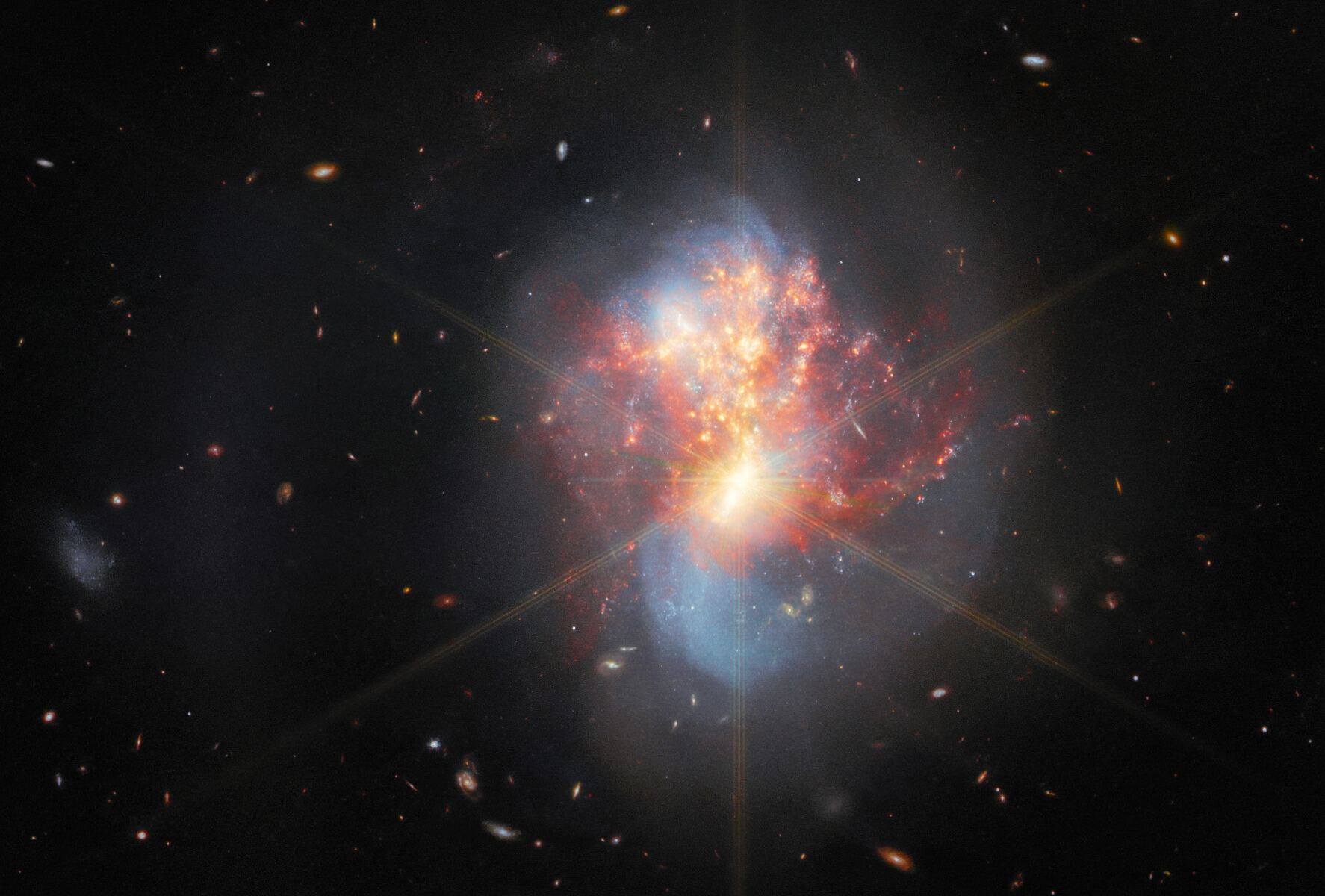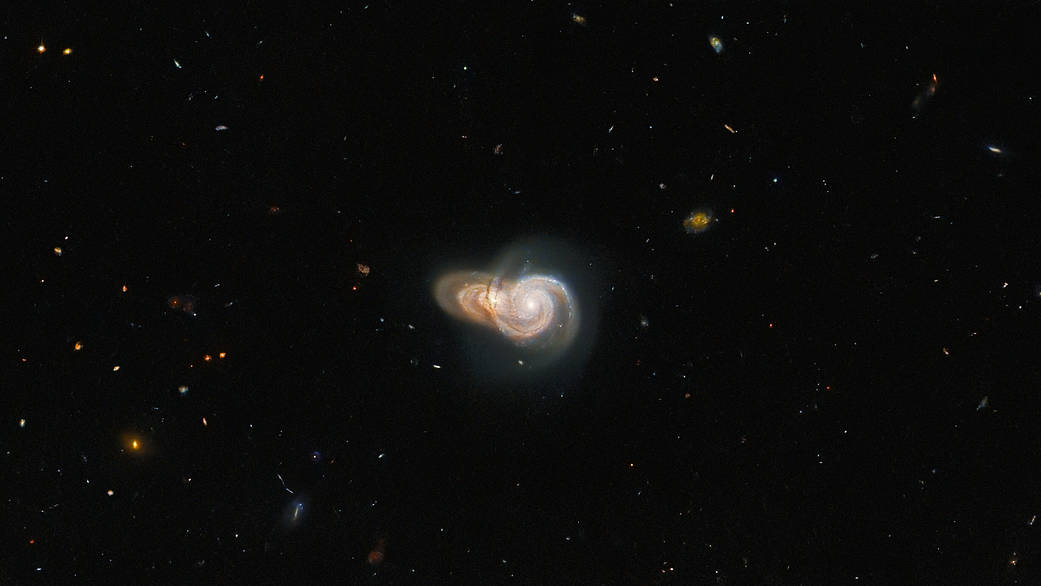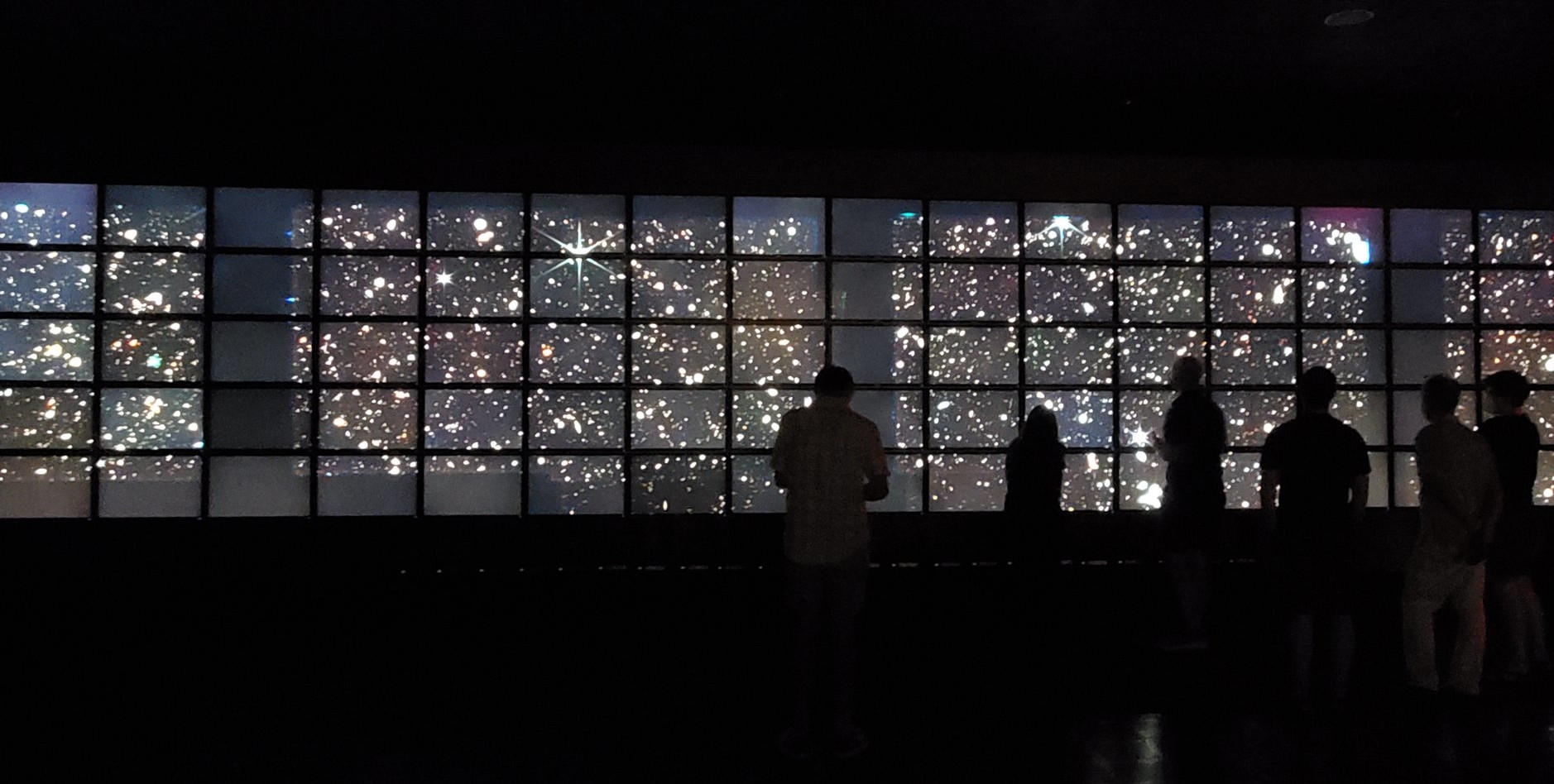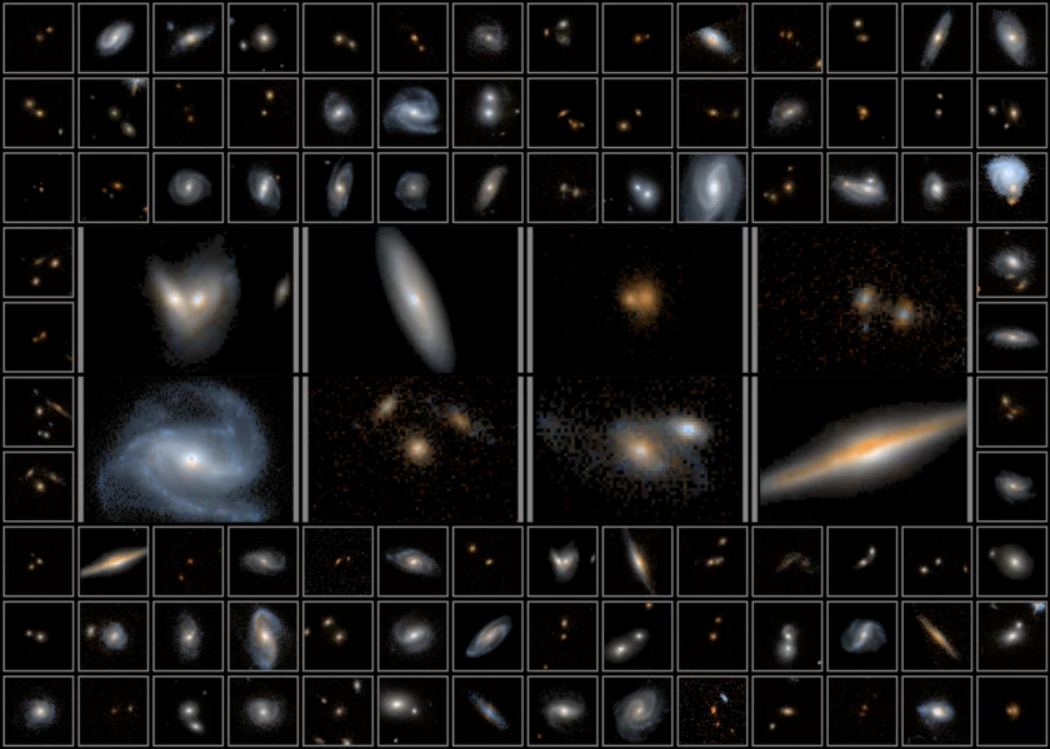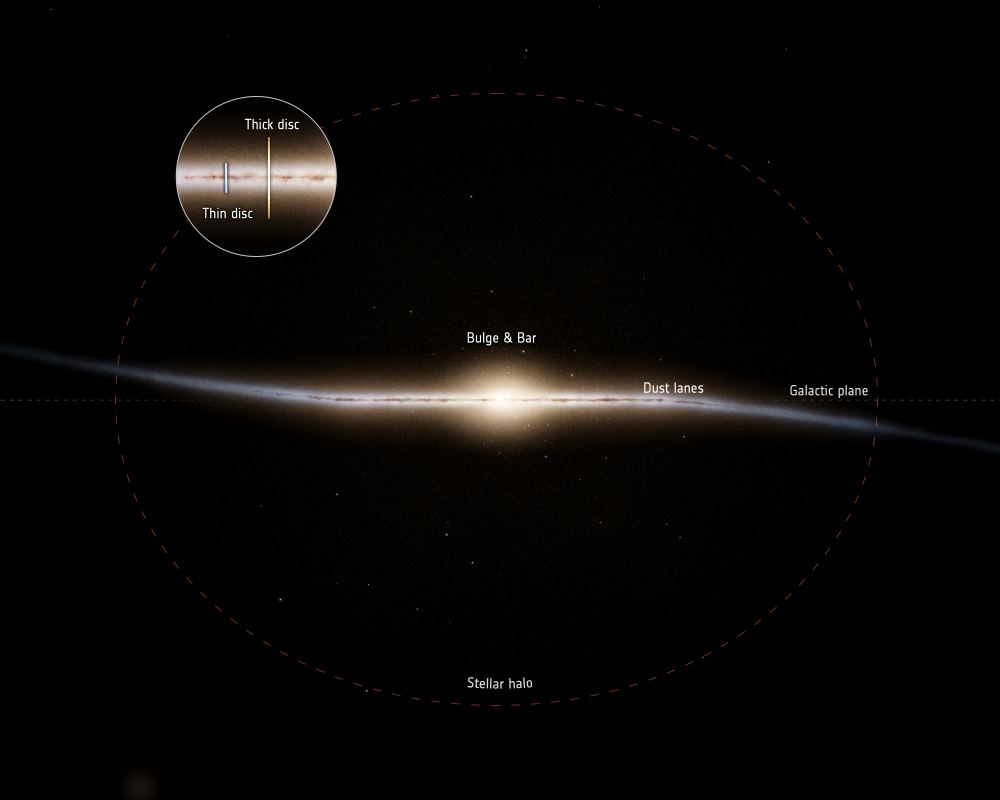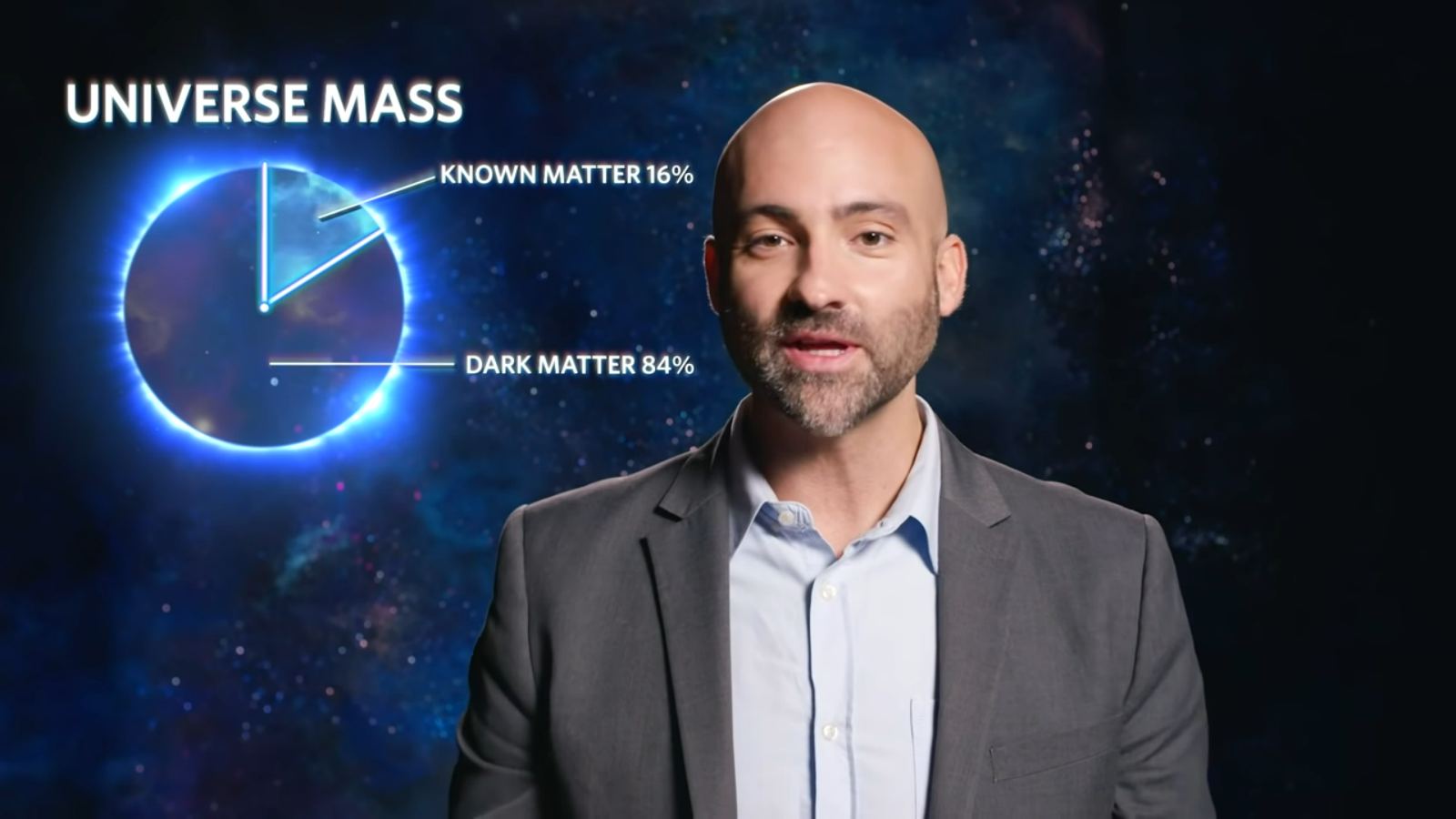Earlier this month we asked, what could be better than a pair of galaxies observed by a pair of iconic space telescopes? Now, there is an exciting new answer. Even better than a pair of galaxies is a pair of galaxies that are colliding!
The Hubble Space Telescope and the James Webb Space Telescope have each taken a look at a pair of intertwined galaxies that are 270 million light-year away from Earth, together called IC 1623. Scientists say this galactic collision has ignited frenzied star formation called a starburst, creating new stars at a rate more than 20 times that of our Milky Way.
Continue reading “Webb and Hubble Peer Into the Wreckage of a Galactic Collision”
